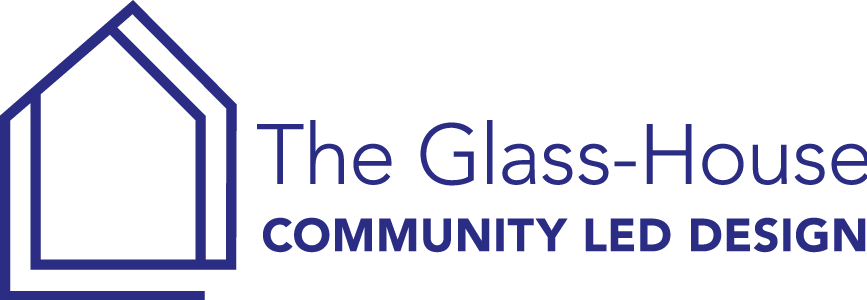Written by:
By Sarah James
With great design, comes great responsibility
Imagine you were designing a space for someone you love. How different would it look like and feel compared to the many faceless, large scale regeneration interventions we currently circumnavigate and even avoid lingering in?
Is it a human, fundamental right to live in well-designed spaces and places? Or is it just wishful thinking that it might one day be a reality for all? This and other questions were posed to a diverse group of people who came together on a November evening at the Architecture Centre, Bristol to take part in The Glass-House People on Place Series on ‘The right to great design’.
For thousands of years, humans have designed and built places to live, work and play in without direct intervention by a local council or governing body, but this ad-hoc approach cannot support large scale urban populations and the associated infrastructure required. Currently we seem to be in a situation where many people are mystified by their local planning processes and how to make their voices heard about what is being built, where and for whom.
What stands in the way of creating well-designed places? Reflections from the audience included the barriers created by our current political and economic situation, the disparity in the capacity of communities to utilise their rights, as well the lack of a local plan in place in many local authorities that can help inform the quality of new development. Many agreed that education is key for people to understanding design and the design process and the power that we as citizens can exert to contribute to these processes.
There were many examples discussed at this gathering about how increasing numbers of people are taking democratic control of their common spaces, reshaping and repurposing them for community events, festivals and markets, ultimately to connect people to each other. The journey of a space doesn’t end when it is built. One example shared was that of BrisFest where a car park in Brislington was brought to life through the energy and resourcefulness of the local community with a food fair that linked it with other creative activities along the high street.
However, others in the audience questioned, ‘are we just making the best of a bad job?’ and making do with poor spaces? Fingers were pointed at the planning system, but as some people in the conversation suggested, if the system is broken then there is an opportunity to do things differently: from the ground up, not just top down.
Back to the original question posed – if we agree that excellent design should be a human right – how do we ensure this happens? Educating our children and young people in schools and outside of formal education about the design process is one route (the Architecture Centre is involved in supporting young people through Generation Place). Acknowledging the role of local people is another, enabling them to access the tools and skills necessary to improve our public spaces. The Architecture Centre is part of the UK’s network of Urban Rooms and is using this model to convene conversations, debates and share skills in supporting all people to understand and influence the processes that shape the built environment. This is a mechanism for achieving the cross pollination of community needs and wants with professional assistance that can help realise better buildings and public spaces and lead to great design.
Sarah James is Director of the Architecture Centre in Bristol.

